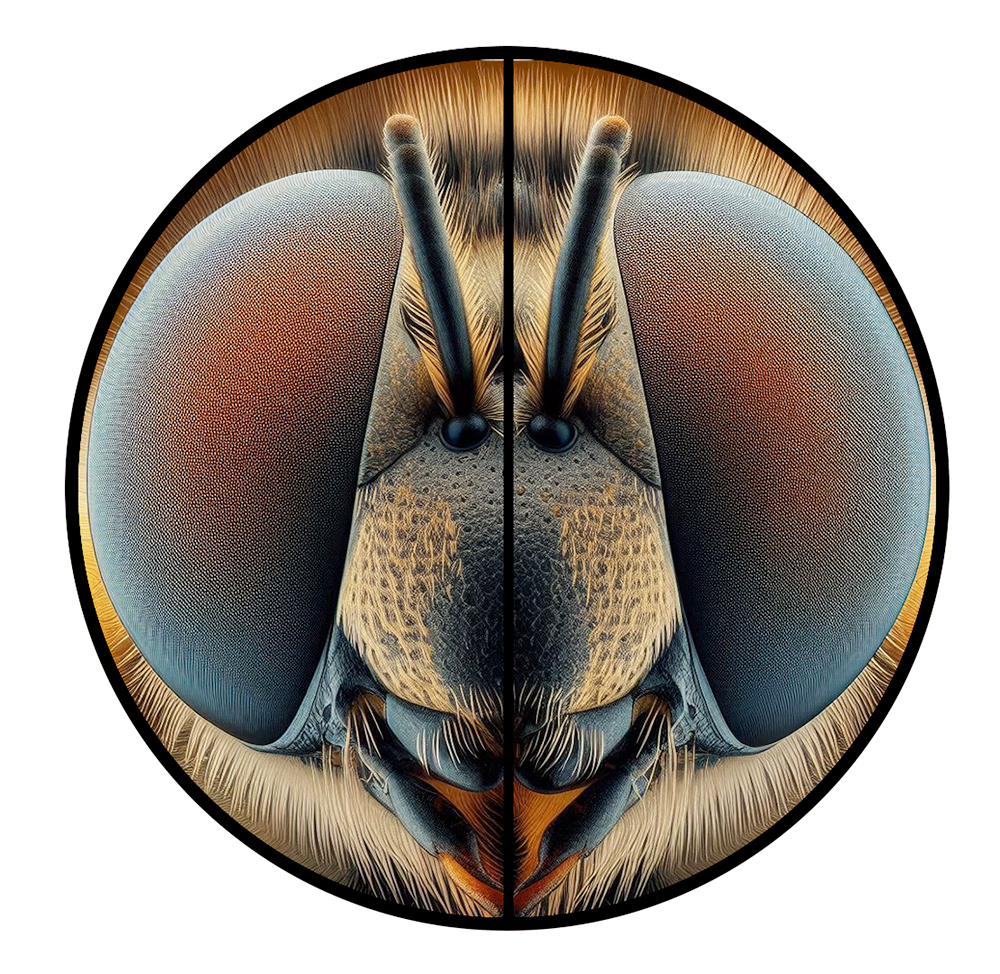 Revelation 4:8
Revelation 4:8

|
Strongs 2532
[list] Λογεῖον Perseus kai καὶ and Conj |
|
Strongs 3588
[list] Λογεῖον Perseus ta τὰ the Art-NNP |
|
Strongs 5064
[list] Λογεῖον Perseus tessara τέσσαρα four Adj-NNP |
|
Strongs 2226
[list] Λογεῖον Perseus zōa ζῷα living ones N-NNP |
|
Strongs 1520
[list] Λογεῖον Perseus hen ἓν one Adj-NNS |
|
Strongs 2596
[list] Λογεῖον Perseus kath’ καθ’ down Prep |
|
Strongs 1520
[list] Λογεῖον Perseus hen ἓν one Adj-ANS |
|
Strongs 846
[list] Λογεῖον Perseus autōn αὐτῶν of themselves PPro-GN3P |
|
Strongs 2192
[list] Λογεῖον Perseus echōn ἔχων he who is having V-PPA-NMS |
|
Strongs 303
[list] Λογεῖον Perseus ana ἀνὰ upward Adv |
|
Strongs 4420
[list] Λογεῖον Perseus pterygas πτέρυγας wings N-AFP |
|
Strongs 1803
[list] Λογεῖον Perseus hex ἕξ six Adj-AFP |
|
Strongs 2943
[list] Λογεῖον Perseus kyklothen κυκλόθεν all around Adv |
|
Strongs 2532
[list] Λογεῖον Perseus kai καὶ and Conj |
|
Strongs 2081
[list] Λογεῖον Perseus esōthen ἔσωθεν inside Adv |
|
Strongs 1073
[list] Λογεῖον Perseus gemousin γέμουσιν full V-PIA-3P |
|
Strongs 3788
[list] Λογεῖον Perseus ophthalmōn ὀφθαλμῶν eyes N-GMP |
|
Strongs 2532
[list] Λογεῖον Perseus kai καὶ and Conj |
|
Strongs 372
[list] Λογεῖον Perseus anapausin ἀνάπαυσιν rest N-AFS |
|
Strongs 3756
[list] Λογεῖον Perseus ouk οὐκ not Adv |
|
Strongs 2192
[list] Λογεῖον Perseus echousin ἔχουσιν they have V-PIA-3P |
|
Strongs 2250
[list] Λογεῖον Perseus hēmeras ἡμέρας day N-GFS |
|
Strongs 2532
[list] Λογεῖον Perseus kai καὶ and Conj |
|
Strongs 3571
[list] Λογεῖον Perseus nyktos νυκτὸς night N-GFS |
|
Strongs 3004
[list] Λογεῖον Perseus legontes λέγοντες those who say V-PPA-NMP |
|
Strongs 40
[list] Λογεῖον Perseus Hagios Ἅγιος Holy one Adj-NMS |
|
Strongs 40
[list] Λογεῖον Perseus hagios ἅγιος Holy one Adj-NMS |
|
Strongs 40
[list] Λογεῖον Perseus hagios ἅγιος Holy one Adj-NMS |
|
Strongs 2962
[list] Λογεῖον Perseus Kyrios Κύριος Master N-NMS |
|
Strongs 3588
[list] Λογεῖον Perseus ho ὁ the Art-NMS |
|
Strongs 2316
[list] Λογεῖον Perseus Theos Θεός God N-NMS |
|
Strongs 3588
[list] Λογεῖον Perseus ho ὁ the Art-NMS |
|
Strongs 3841
[list] Λογεῖον Perseus Pantokratōr Παντοκράτωρ Almighty N-NMS |
|
Strongs 3588
[list] Λογεῖον Perseus ho ὁ the Art-NMS |
|
Strongs 1510
[list] Λογεῖον Perseus ēn ἦν was V-IIA-3S |
|
Strongs 2532
[list] Λογεῖον Perseus kai καὶ and Conj |
|
Strongs 3588
[list] Λογεῖον Perseus ho ὁ the Art-NMS |
|
Strongs 1510
[list] Λογεῖον Perseus ōn ὢν he who is being V-PPA-NMS |
|
Strongs 2532
[list] Λογεῖον Perseus kai καὶ and Conj |
|
Strongs 3588
[list] Λογεῖον Perseus ho ὁ the Art-NMS |
|
Strongs 2064
[list] Λογεῖον Perseus erchomenos ἐρχόμενος he who comes V-PPM/P-NMS |
The Seraphim: Fiery Flying Serpents, No Rest
And the Four Living ones, one according to one of themselves, he who is holding six wings on top, circling around, and they are filled up with eyes from within, and they are not holding a rest of day and of night, those who are saying, Holy one | holy one | holy one master | the God | the All-mighty the one who was | and the one who is | and the one who is coming.
The name YHWH is derived from the root h-y-h היה meaning "to be." It can be understood as a combination or contraction that encapsulates the ideas of "He was," "He is," and "He is coming"—a timeless being who is omnipresent around time (the future being "already now"). The reason the Name is "not found in the New Testament" is because Greek doesn't have verbs that can express such an idea, as the language is structured around a clear system of tenses that represent temporal/linear time.
Orions Belt? All three verbs in one?The ו in הוה instead of י is a result of regular morphological patterns characteristic of weak verbs in Biblical Hebrew when conjugated into participle or infinitive (timeless) forms. The י is added to the front to create the incomplete/imperfect 3rd person masculine conjugation "he is becoming" but this would be grammatically problematic to the "omnipresence" and the Name itself. (What scholar is going to say that the Name is an imperfect/incomplete form?) Thus it could be understood as communicating the enigma of the one behind, the one here, and the one coming in front.

Four living ones, one according to one = two pairs (two by two)
"Seraphim, those who stand from on top to himself, six dual wings six dual wings...
And he has summoned this one toward this one, and he spoke, "Holy one, holy one, holy one! He Is of Armies, the fullness of all the Earth is the glory of himself!"

The individual units of an insect's compound eye, called ommatidia, are often hexagonal in shape. This hexagonal arrangement is a result of efficient packing, allowing the maximum number of ommatidia (4000-6000 in a honey bee) to fit together in a compact space without gaps. This structure optimizes the insect's field of vision and light capture. The hexagonal pattern is particularly prominent in insects like bees, dragonflies, and flies, where compound eyes are highly developed. This geometric configuration is ideal for covering a spherical or curved surface, providing these insects with a wide-angle view and excellent motion detection.
And the four living creatures, one by itself, had six wings together round about; and within full of eyes; and they have no rest day and night, saying, Holy, holy, holy, Lord God, the Omnipotent Ruler, who was, and who being, and who coming.
And the four living creatures each one had six wings around, and within being full of eyes. And they had no rest day and night, saying, "Holy, holy, holy, Lord God Almighty," the One who was, and is, and is coming! Isa. 6:3
And the four living creatures, each of them with six wings, are full of eyes all around and within, and day and night they never cease to say, “Holy, holy, holy, is the Lord God Almighty, who was and is and is to come!”